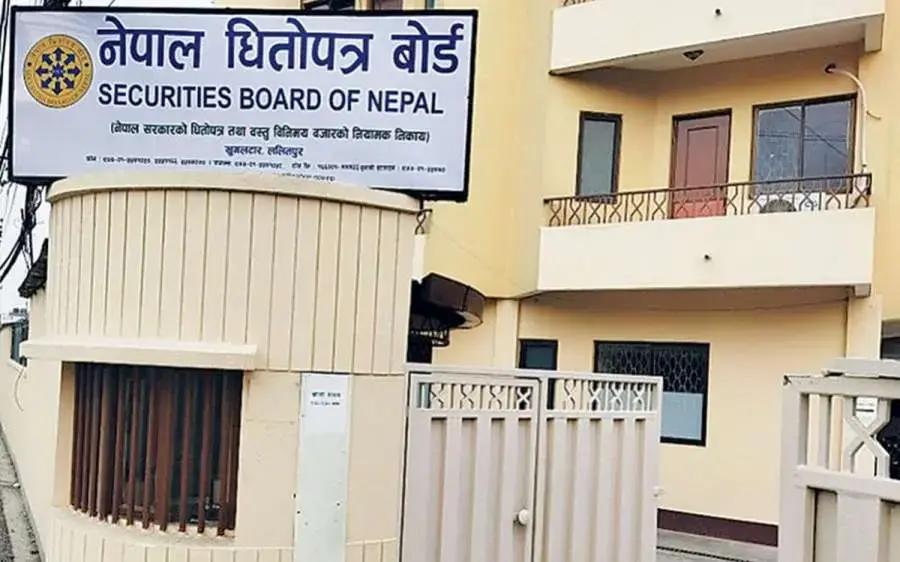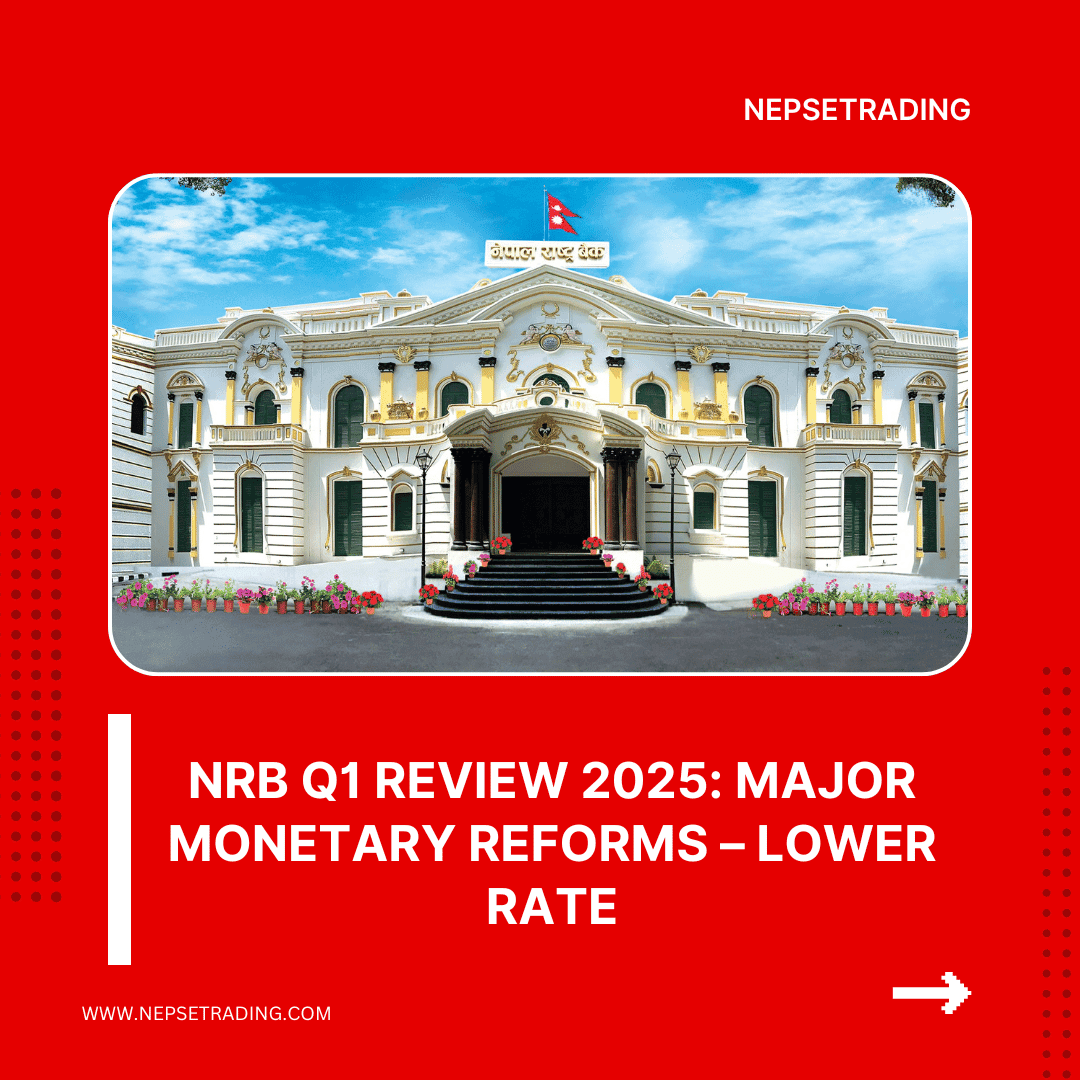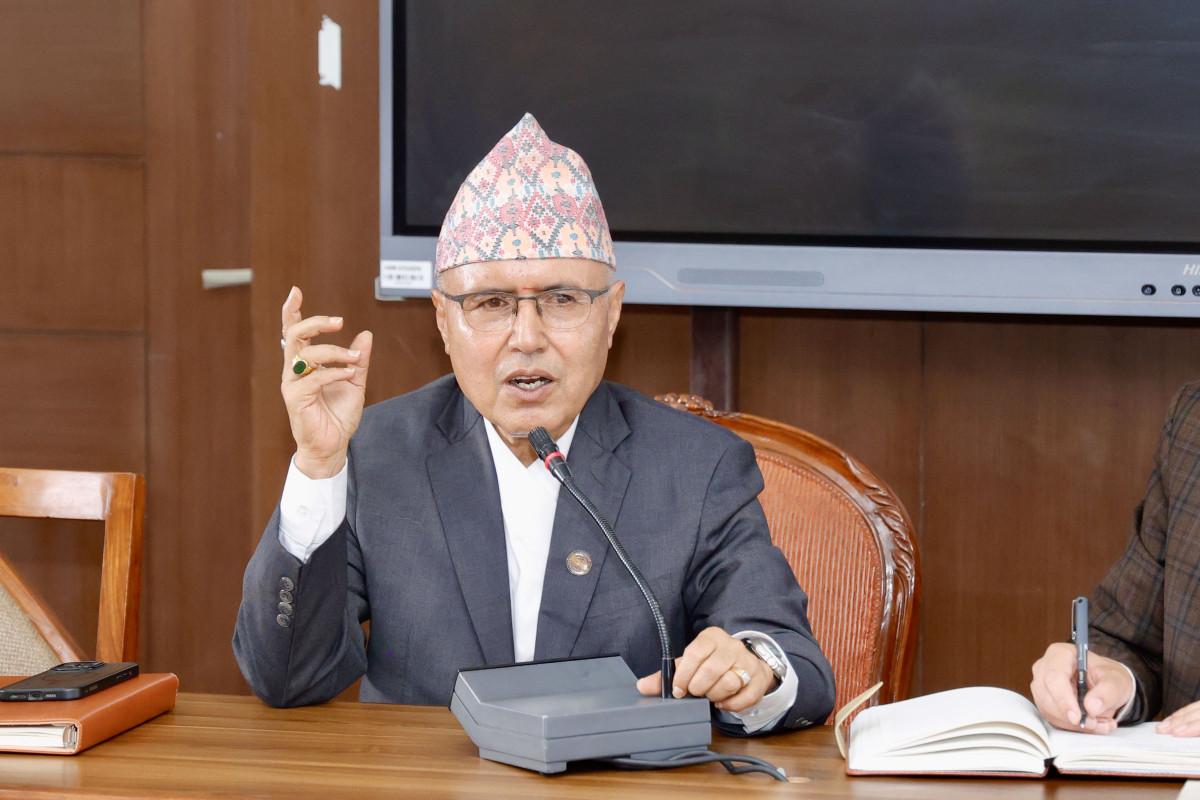By Sandeep Chaudhary
Commercial Banks' Capital Strength Revealed: NMB, Global IME Lead the Pack

As of Baisakh-end 2082 (mid-May 2025), Nepal’s commercial banks show a diverse picture of capital strength, with total capital funds reflecting a mixture of retained earnings, reserves, and paid-up capital. The recently released figures highlight both robust financial positioning in some banks and capital management issues in others.
Capital Fund Overview
NMB Bank tops the chart with the highest capital fund of NPR 60.43 billion, closely followed by Global IME Bankat NPR 61.42 billion, and NABIL Bank with NPR 56.20 billion. These banks demonstrate strong capitalization, indicating stability and the capacity to absorb potential losses, maintain liquidity, and support future expansion.
On the lower end, banks like Sanima Bank (NPR 20.26 billion), SCBNL (NPR 18.76 billion), and NSBI (NPR 18.75 billion) have comparatively smaller capital bases. While not necessarily alarming, these banks will need to focus on optimizing capital growth to stay competitive.
Paid-up Capital Analysis
Paid-up capital remains a fundamental indicator of banks’ strength. Global IME Bank leads with NPR 38.11 billion, followed by NMB Bank (NPR 34.13 billion) and NABIL (NPR 27.06 billion). These figures reflect prior capital injections and possibly successful rights or bonus issues. In contrast, SCBNL and NSBI maintain lower paid-up capitals of around NPR 10 billion, potentially limiting their financial flexibility.
Reserve Patterns
General Reserves are highest in NABIL (NPR 15.16 billion) and Global IME (NPR 12.56 billion), reflecting long-term profit retention and regulatory compliance.
Other Reserves Fund is dominated by RBB (NPR 25.84 billion) and NIMB (NPR 19.63 billion), signaling substantial earnings retention over time.
Interestingly, Laxmi Bank and NIC Asia also hold sizable other reserves (NPR 10.81 billion and NPR 11.60 billion, respectively), reinforcing their internal strength.
Retained Earnings: A Mixed Bag
Several banks report negative retained earnings, including Himalayan Bank (−NPR 7.44 billion), NMB (−NPR 5.69 billion), Kumari (−NPR 6.79 billion), and Prabhu (−NPR 3.03 billion). This signals either past losses or high dividend payouts that diminished retained capital. On the flip side, banks like NABIL, EBL, and NSBI report positive retained earnings, contributing positively to their net capital fund.
Special Mentions
Share Premium Reserves, though not widespread, were recorded in EBL (NPR 238.47 million) and MBL(NPR 30.88 million), suggesting capital raised at a premium to par value in past share issues.
Some banks like NBL, RBB, SBL, and Global IME maintain a healthy balance across all components—paid-up capital, reserves, and earnings—showing comprehensive capital discipline.
Interpretation and Implication
Banks with high capital buffers such as NMB, Global IME, and NABIL are better positioned to withstand economic shocks and meet regulatory norms. Those with negative earnings or low reserves may face tighter scrutiny from Nepal Rastra Bank and might need to consider recapitalization strategies.
As capital adequacy is critical for lending capacity, risk absorption, and market confidence, this data gives investors and regulators valuable insight into each bank’s financial health.
In conclusion, while most commercial banks demonstrate satisfactory capital positioning, a few will need proactive strategies to address earnings deficits and reinforce reserve levels for long-term sustainability.









